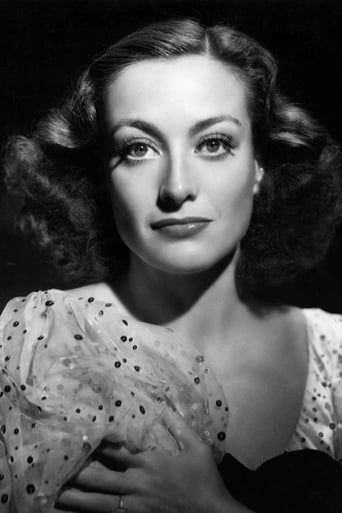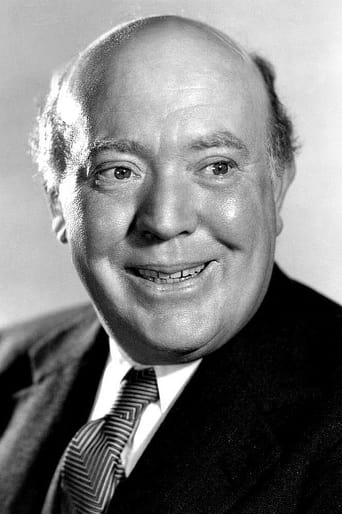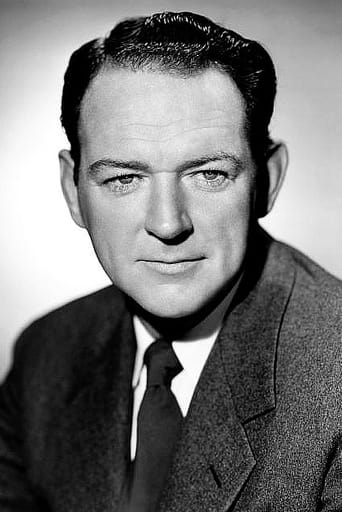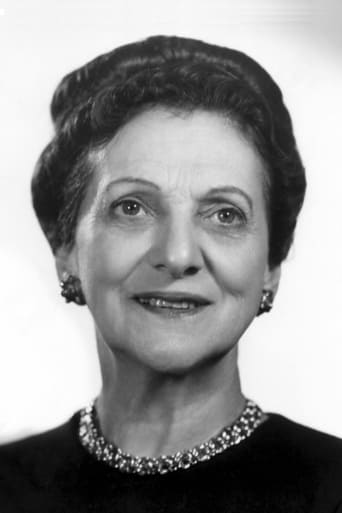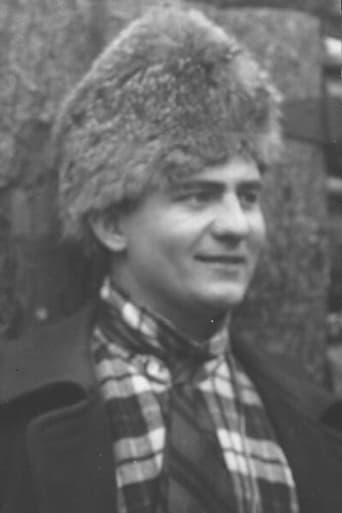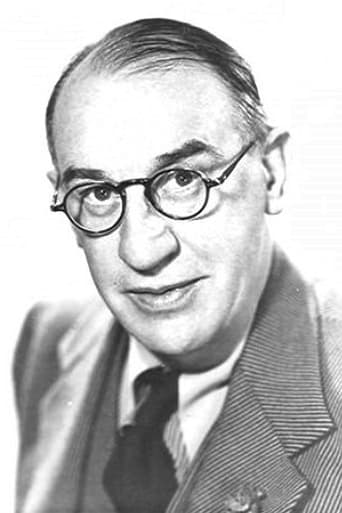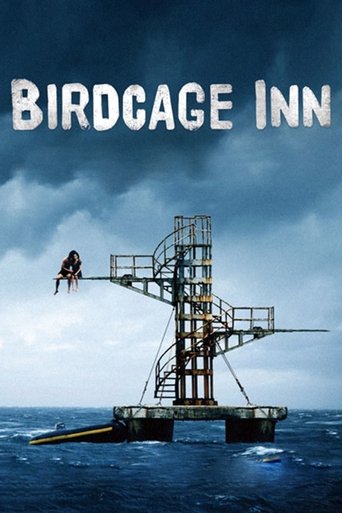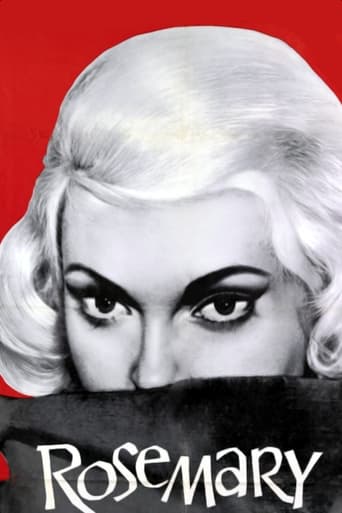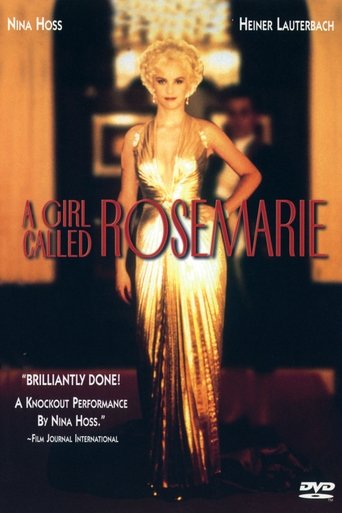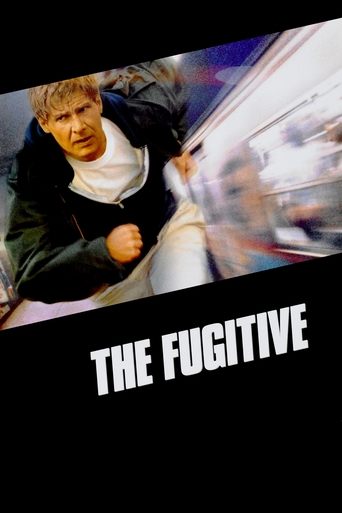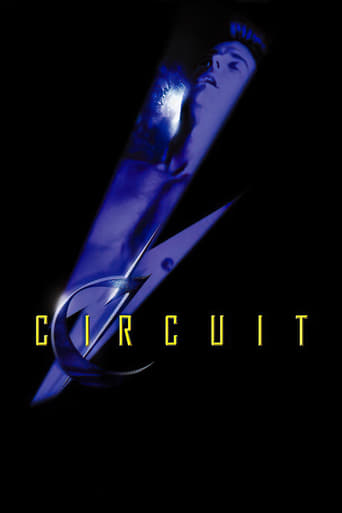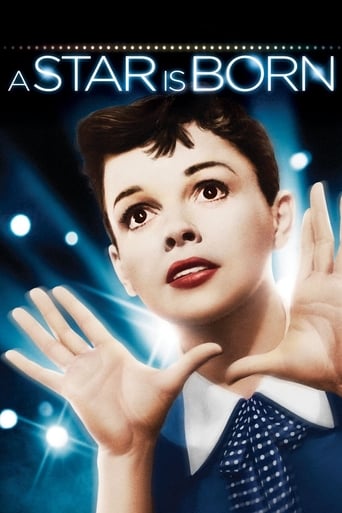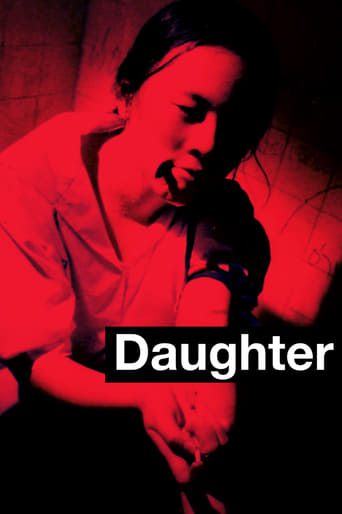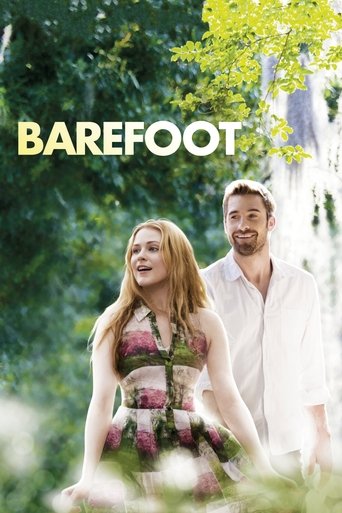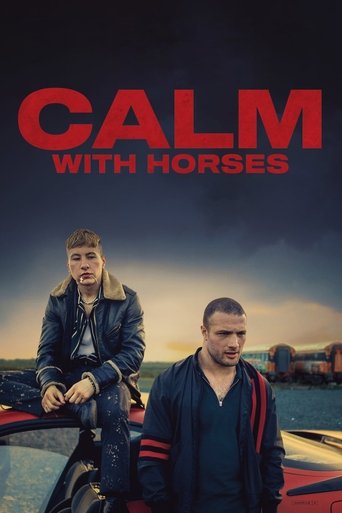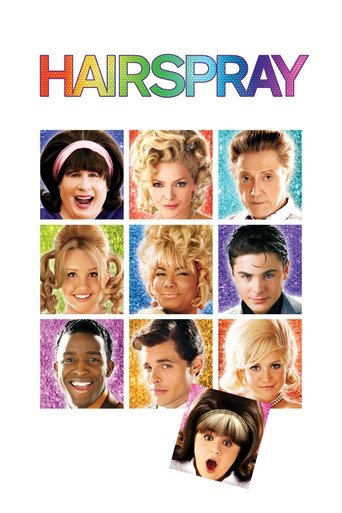
Rain (1932)
Due to a possible cholera epidemic onboard, passengers on a ship are forced to disembark at Pago Pago, a small village on a Pacific island where it incessantly rains. Among the stranded passengers are Sadie Thompson, a prostitute, and Alfred Davidson, a fanatic missionary who will try to redeem her.
- Lewis Milestone
- Nate Watt
- John Colton
- Clemence Randolph
- W. Somerset Maugham
- Maxwell Anderson
Rating: 6.8/10 by 47 users
Alternative Title:
Country:
United States of America
Language:
English
Runtime: 01 hour 34 minutes
Budget: $0
Revenue: $0
Plot Keyword: prostitute, quarantine, missionary, rain, deluge, remake, pacific island, religious fundamentalism, religious hypocrisy, pre-code, based on short story, u.s. marine, persecution, record player, south sea island, samoa, moral reformation, general store, reformer, tropics, fallen woman, christian missionary, public domain, rainy setting, cholera epidemic
There are times in this film when I could quite cheerfully have hung Walter Huston's "Davidson" from the yardarm... Joan Crawford is "Sadie Thompson" - a prostitute merrily plying her trades on a South Pacific island with the visiting American troops. The arrival of the seriously puritanical "Davidson" couple - Huston and wife Beulah Bondi - soon puts a cramp in her style, though. Their shock and disgust at this slatternly behaviour leads them to try to get her deported back to America (where she has a bit of a wicked past), ostensibly in a bid to save her moral soul. Crawford is super as the working girl, but not quite so effective as the truly odious Huston, who features sparingly but oh so potently as he starts spouting scripture. Rarely can the Lord's Prayer ever have had such a menacing effect on film (or anywhere else). The rain, the interminable rain, adds heaps to the gradually smouldering angst between the two as their battle of wills ebbs one way, then the other - before a denouement that leaves us with a couple of imponderables. Lewis Milestone knew how to get the best from both his principals here, and with some wonderfully eerie cinematography he just lets them do their stuff. As usual, Alfred Newman uses his skill with the orchestra to heighten the tension too. It's hasn't quite the intensity of the silent Swanson in "Sadie Thompson" (1928) but it's still an enjoyable, if at times quite stressful, watch.

